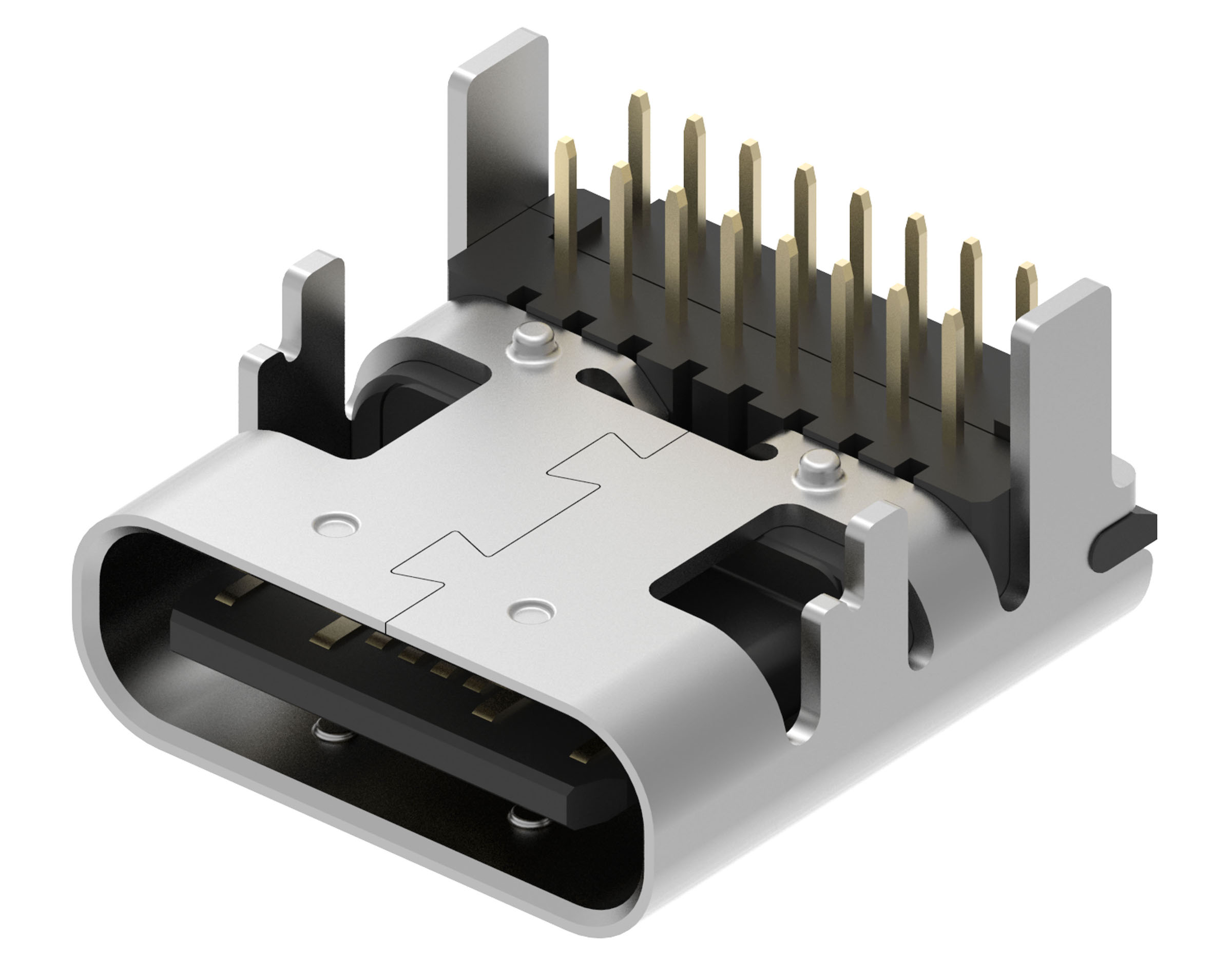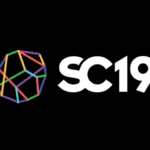Talk to Your House: The Roadmap for the Smart Home
Home automation technology begins with the human voice and extends to the Internet of Things (IoT) thanks to smaller, faster, smarter connectivity products.
In the past few years, certain slow-to-evolve consumer technologies have really started to work. One such technology is voice recognition. Although speech analysis, acoustic transcription, and voice recognition technologies have been around in one form or another for decades, one of their most notable characteristics was inaccuracy. However, voice recognition technology has now become quite reliable. Advances in artificial intelligence (AI) allow computers to more effectively “guess” what humans are trying to communicate rather than simply process what they’re saying. Today’s voice recognition services are also connected to powerful software running in the cloud, allowing them to “learn” on a large scale, self-improve, and contribute to useful smart home technologies.

Reliable voice recognition, combined with inexpensive Wi-Fi modules that can be integrated into just about anything with a button, have made home automation’s entry into our lives easy. Smart phones as common interfaces and voice-activated devices like Amazon Echo and Google Home are the foundation on which smart home systems begin.
New developments that should help unite home automation systems include Amazon and Apple’s move to open their Alexa and Siri platforms to third-party app developers, the release of the iOS Home app’s expected expansion at the June 2019 WWDC, and the Broadband Forum’s May 2019 release of the Open Broadband USP Agent protocol for managing, monitoring, upgrading, and controlling connected devices.
Molex’s roadmap for the connected home includes a “proactive home” in which AI, machine learning, natural language, and visual recognition all feed into data analytics and learning algorithms to effect automated responses. Smart home products are often activated with voice recognition, and then sensors and antennas gather additional cues and information to activate device-to-device services, like lighting or indoor climate controls, or connect with internet-enabled services capable of executing tasks ranging from sharing the local weather forecast to ordering products for delivery.
According to James Blankley, Molex, industry market analysis,“We have come a long way in terms of voice recognition. There are devices coming out that can pick up your mood simply from your tone. We are revolutionizing the way these smart assistants will interact with us to not only learn about us, but also to understand what is valuable to us.”

Molex IoT antennas
For example, cameras capable of machine vision could enable facial recognition and allow a centralized system to take action if an unrecognized person is in the house, and a toilet paper roll sensor can learn how much you use on average and automatically reorder. These actions are enabled by a range of specialized connectors, cable assemblies, and sensors in each device and by communicating via Wi-Fi or Bluetooth. The focus for these consumer-oriented electronic products is miniaturized and flexible designs intended to fit in the tight spaces of small devices.
“At Molex, we know that devices will become more pro-active than ever before, requiring little to no human interaction,” said James Blankley. “In the not so distant future, we will utilize voice assistance a lot more, from online ordering to controlling even more integrated connected home devices.”
Molex also recognizes smart appliances as integral parts of the connected home. Appliances can communicate with each other, as well as with energy suppliers and consumers, to create energy-savings for the planet and cost savings for customers—a win-win outcome.
TE Connectivity’s smart home solutions center on sensors and connectivity components, and the company is actively innovating solutions for this area. “Whether you call it the connected home, smart home, or home automation, it is a hub of activity for connectivity and sensor solutions. While mainstream adoption may still be years away, we know this market is poised for growth,” said Nick Langston, director, business development at TE.

TE Connectivity’s MTA 100 Connectors
“Adoption in this space has been slowed down by the challenges around ease of use, installation, and control. Add various and competing communication standards, and the proliferation of networking protocols, and you have an ecosystem that is fragmented and competitive,” he said.
TE Connectivity’s hardware solutions include a range of sensor, connector, terminal, relay, and tubing products that work in concert — such as the company’s dual-band antennas and occupancy, temperature, and humidity sensors — along with data I/O connectors, fine-pitch connectors, and grounding and shielding connectors.

TE Connectivity’s Universal MATE-N-LOK Connectors
ACES has developed a selection of connectors for use in home automation and IoT applications. The company collaborates with designers working on these devices, which often begin in the startup world. In addition to size and connectivity, price considerations and ease of manufacturing are key considerations for this market. Products such as USBs for streaming devices, battery connectors for backup and primary power sources, board-to-board and wire-to-board, FPC/FFC cables, and the company’s Mag Fit high-speed transmission docking connectors are ideal for small smart home devices.

ACES’ Mag Fit high-speed transmission docking connectors.
GCT supplies a range of connectivity products for home automation designs, including a unique hinged SIM connector with a locking lid that reliably secures connections in devices subject to being dropped or bumped and a charge-only USB Type-C connector for devices that transfer data wirelessly but still require power charging. “Its fast-charging capability, small size, and reversible form factor are highly attractive features for development engineers,” said GCT Product Manager Paul Hulatt.

GCT released its USB4085 charge-only USB Type-C connector this February.
Yokowo’s space-saving spring contact connectors are also well suited for small, wirelessly connected smart home devices. They are durable and reliable, which are essential qualities for connectors used in the consumer electronics market, where rough handing and repeated mating and unmating might be achieved with less than ideal care, and are frequently employed in battery and other connections.
Connectivity products like these are enabling designers to develop new smart home devices designed to make it easier than ever for consumers to enjoy a comfortable home life.
Like this article? Check out our other New Technology and 2019 articles, and our Consumer Electronics market page.
- 30 Years of Automotive CAN - March 30, 2021
- Industrial Interconnects Enable Advanced Process Controls in the Fresh Water Industry - February 23, 2021
- Remote Work Opens Network Infrastructures to Security Risks - December 8, 2020





